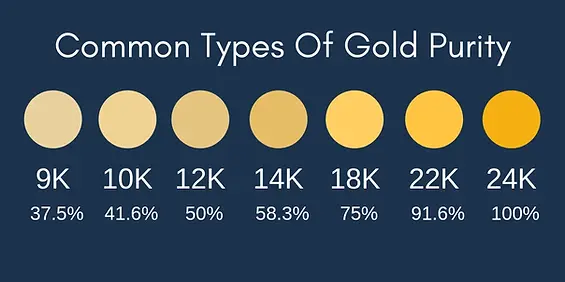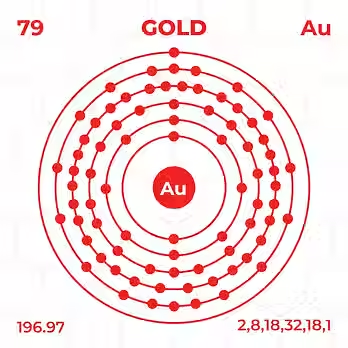

Why Gold
Gold has captivated human civilization for thousands of years. From the tombs of ancient Egyptian pharaohs to the ornaments of the Roman Empire and the intricate goldwork of Indian dynasties, this precious metal has been a symbol of wealth, beauty, and power. Its use in jewelry dates back over 6500 years, with archaeological finds revealing gold adornments worn by royalty and commoners alike. Across cultures and continents, gold has remained a timeless medium for expressing identity, status, and emotion.

Gold has a rich history not only in jewelry but also as one of the earliest forms of money.
The first known gold coins were minted in Lydia (in what is now western Turkey) around 600 BCE. These coins were made from electrum, a naturally occurring alloy of gold and silver, and were stamped with royal symbols. King Alyattes or his son Croesus is often credited with issuing them. These early coins revolutionized trade by standardizing value and making transactions more efficient than barter.
Gold continued to be used in coinage across the ancient world, including in Greece, Persia, Rome, and later throughout Europe, the Islamic world, and Asia. Because of its scarcity, durability, and inherent value, gold became a universal medium of exchange, a store of wealth, and a symbol of power.
Chemically Marvelous
Beyond its beauty, gold’s unique chemical properties make it ideal for fine jewelry. It does not tarnish, rust, or corrode, meaning it retains its luster for generations. It is also incredibly malleable — a single gram of gold can be hammered into a sheet over a square meter — allowing artisans to create intricate designs without sacrificing durability. When alloyed with metals like silver or copper, gold becomes even stronger, suitable for everyday wear while maintaining its characteristic shine.

In today’s world, gold jewelry continues to hold both sentimental and practical value. It is chosen for engagements, weddings, milestones, and heirlooms because of its enduring significance and investment quality. Unlike fashion accessories, gold jewelry combines style with long-term worth, making it a sustainable choice in an era of conscious consumption. Whether you're buying a timeless piece for yourself or a meaningful gift for someone else, gold offers a rich blend of heritage, resilience, and modern elegance.


Gold has been used in jewelry for over 6,500 years. The earliest known gold ornaments were found in the Varna Necropolis in Bulgaria, where prehistoric people crafted intricate beads and ceremonial pieces, showcasing humanity’s early fascination with the beauty and symbolism of this precious metal.


Lydian Coin
The first Roman gold coin known is called the aureus (plural: aurei). It was first issued in the late 3rd century BCE, but it became more standard during the rule of Julius Caesar, around 46 BCE.

Gold’s hypoallergenic qualities are rooted in its unique chemistry. The outermost electron in gold’s atomic structure moves at nearly 50% the speed of light due to the strong pull from its heavy nucleus. This causes the electron to be tightly held, making gold incredibly stable and unreactive with other elements. As a result, gold doesn’t tarnish, corrode, or react with skin oils, which is why it’s one of the safest metals for sensitive skin. Pure gold and high-karat gold are less likely to cause allergies compared to other metals, ensuring both beauty and comfort.

Gold price history 100 years